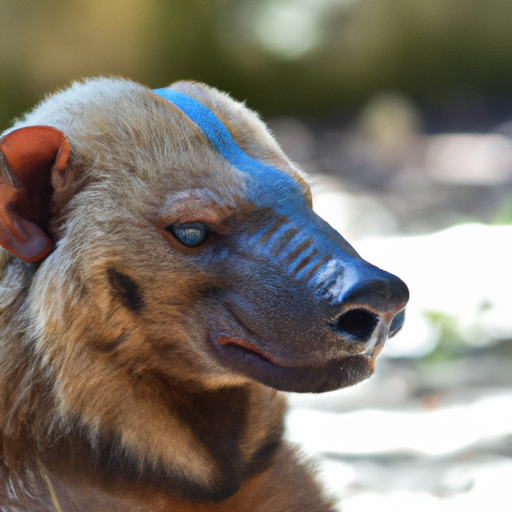 Introduction:
Introduction:
The ability to cry has long been considered a uniquely human trait, associated with expressing a wide range of emotions such as sadness, joy, and even empathy. However, anyone who has spent time observing animals, whether domesticated or wild, may have noticed behaviors that resemble crying. This raises the intriguing question: Can animals actually cry? In this comprehensive article, we will delve into the fascinating world of animal emotions and investigate the scientific evidence surrounding crying in animals.
Defining Tears:
Before delving into the possibility of animals shedding tears, it is crucial to understand what constitutes crying. Crying in humans involves the production and release of tears from the lacrimal glands, typically accompanied by vocalizations and other physiological responses. Tears serve various functions, including lubricating the eyes and removing irritants, but they are also closely linked to emotional states.
Understanding Emotional Responses in Animals:
To determine if animals can truly cry, we must first examine their capacity for emotional responses. Research has demonstrated that animals possess a complex range of emotions, including joy, fear, anger, and even grief. These emotions are often exhibited through observable behaviors, such as vocalizations, body language, and facial expressions.
Evidence of Emotional Expressions:
When it comes to crying, the emotional expression most commonly associated with tears is sadness. Many animal species exhibit behaviors that indicate sadness or distress, including vocalizations, decreased appetite, lethargy, and social withdrawal. These behaviors are often observed in response to the loss of a companion, separation from their young, or other traumatic events. However, it is important to note that these behaviors alone do not necessarily indicate the production of tears.
Physical Differences:
One of the key factors that differentiate humans from animals is our unique physiology. While humans possess highly developed tear ducts and lacrimal glands, animals have different anatomical structures. For instance, dogs and cats have relatively small tear ducts, making it challenging for them to produce tears in the same way humans do. Nevertheless, this does not rule out the possibility of animals shedding tears altogether.
Tears as a Biological Response:
In humans, tears are not only an emotional response but also serve as a physiological mechanism for stress reduction. Crying has been shown to release endorphins, which act as natural painkillers and mood enhancers. This raises the question of whether animals, despite their anatomical differences, may have similar biological mechanisms to cope with emotional distress.
Observational Evidence:
Anecdotal evidence from animal owners and caretakers suggests that certain species, such as elephants, primates, and even domesticated dogs, display behaviors that closely resemble crying. They may exhibit teary eyes, vocalizations resembling sobbing, and even seek solace from their human companions during times of distress. While these observations are compelling, they cannot be considered conclusive evidence of actual tears.
Scientific Studies:
To date, scientific studies investigating whether animals can produce tears similar to humans have been limited. However, recent research has begun to explore this intriguing question. A study published in the journal “Frontiers in Zoology” analyzed the composition of tears in various species and found that certain animals, such as elephants and camels, produce tears that are chemically similar to human emotional tears. This finding suggests that these animals might possess the ability to cry.
Conclusion:
While the question of whether animals can truly cry remains largely unanswered, accumulating evidence suggests that certain species may possess the capacity for emotional expressions resembling tears. Further research is needed to elucidate the physiological mechanisms behind these behaviors and to determine if animals genuinely shed tears in response to emotional distress. Understanding the emotional lives of animals is not only fascinating but also crucial for our ethical treatment and understanding of these sentient beings who share our planet.
